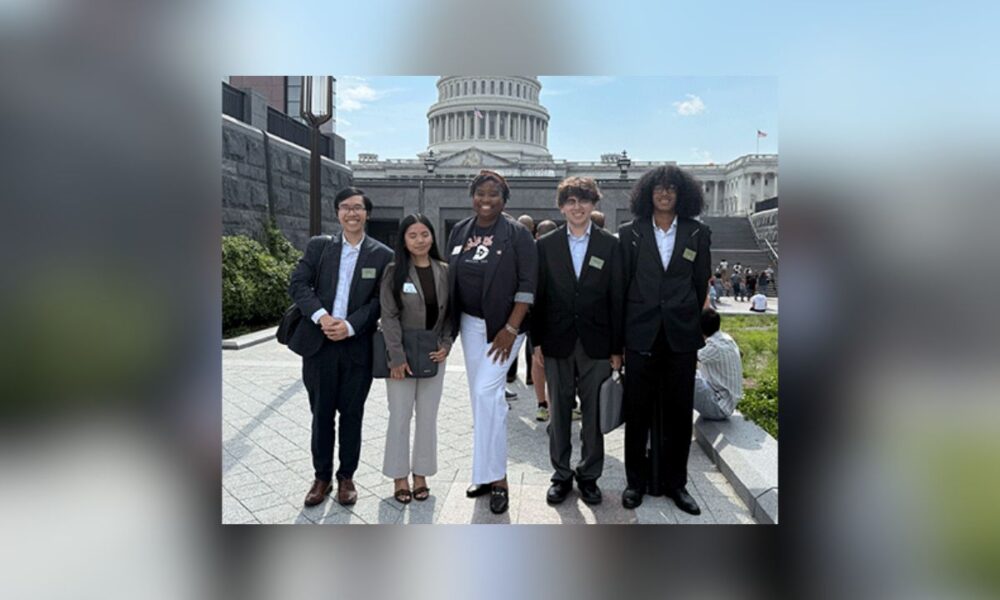A group of engineering students from Dallas College secured third place nationally in the Community College Innovation Challenge (CCIC) for an innovative aircraft collision avoidance system.
The four-member team, comprising Mang Cin, Taylor Hill, Christopher Zuniga, and Khai-Huynh, was recognized at this year’s prestigious competition, which was organized by the American Association of Community Colleges in partnership with the National Science Foundation. The finals for the annual event were held June 9-12 in Washington, D.C., and the winners were announced on June 13.
The team developed a LiDAR-based aircraft collision avoidance system design to provide pilots with real-time alerts about obstacles in their flight path. Ultimately, the innovative tech is designed to improve safety and help reduce aviation fatalities.
The team from Dallas was selected from a group of 48 entries in the CCIC Innovation Bootcamp. Among other skills, the program helps foster entrepreneurial skills.
“There have been so many unfortunate accidents lately involving plane crashes,” said Mang Cin in a release from Dallas College. “We have AVIADAR sensors on the plane that detect hazards in the flight path, providing real-time alerts to pilots.”
The team also collaborated with NASA’s Technology Transfer University (T2U) program, a partnership that allowed them to leverage NASA-developed technologies into their final vision. Notably, the team is the first from a North Texas college to be accepted into the NASA program.
“Every challenge I gave the students, they accepted, and their relentless commitment to research and continuous improvement is quite remarkable,” said Dallas College professor and team mentor L. Taylor Starr.
“As an engineering professor with an MBA and an industry background in business development and aerospace, I enjoy nurturing the entrepreneurial spirit in our student innovators. The ability to help shape and mold student curiosity and creativity, from the conceptual phase through the engineering design process to product implementation, is why I became a professor in the first place.”


